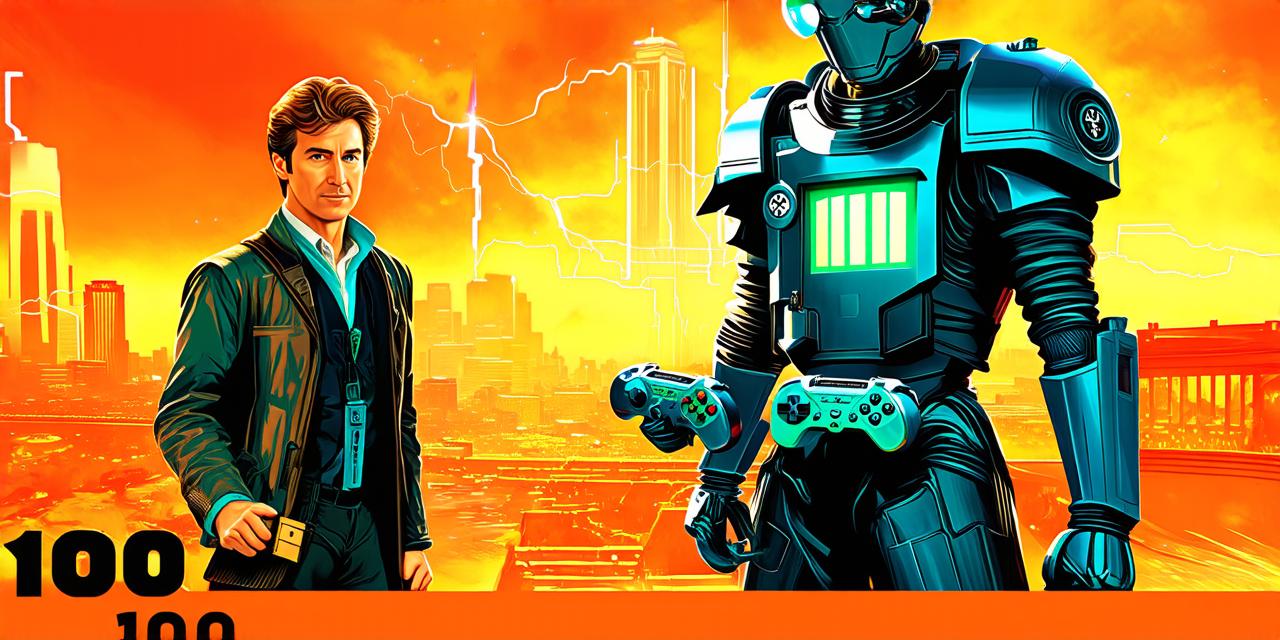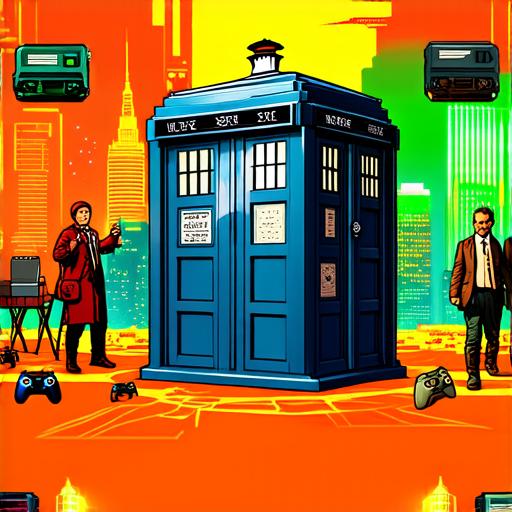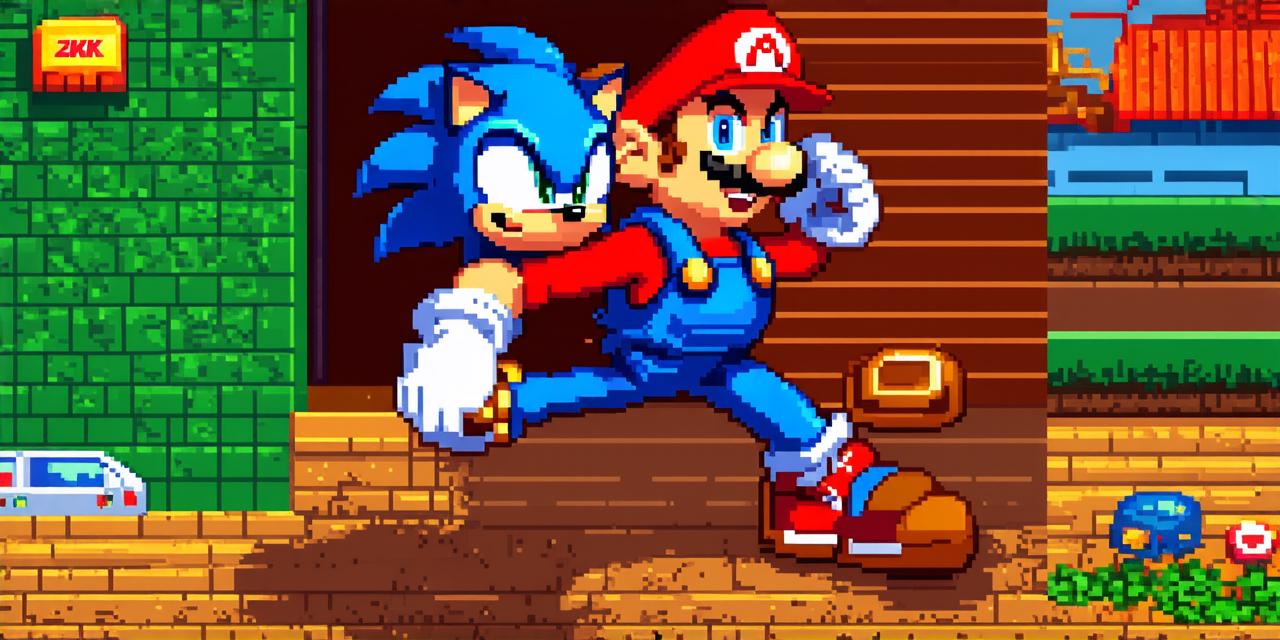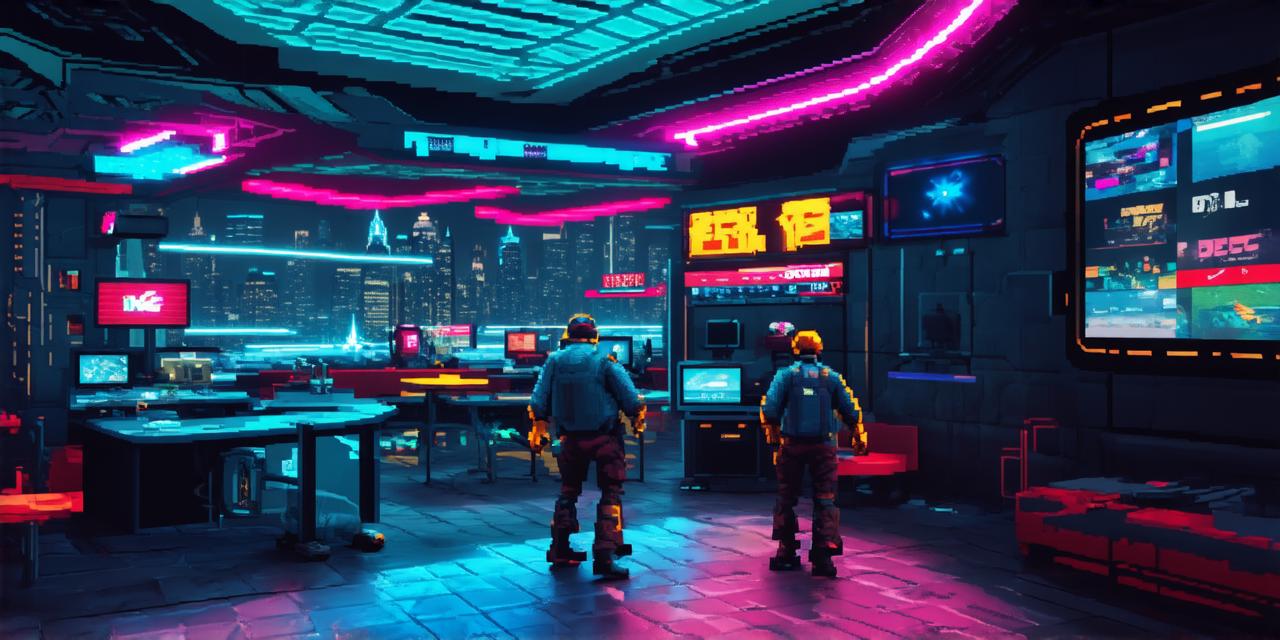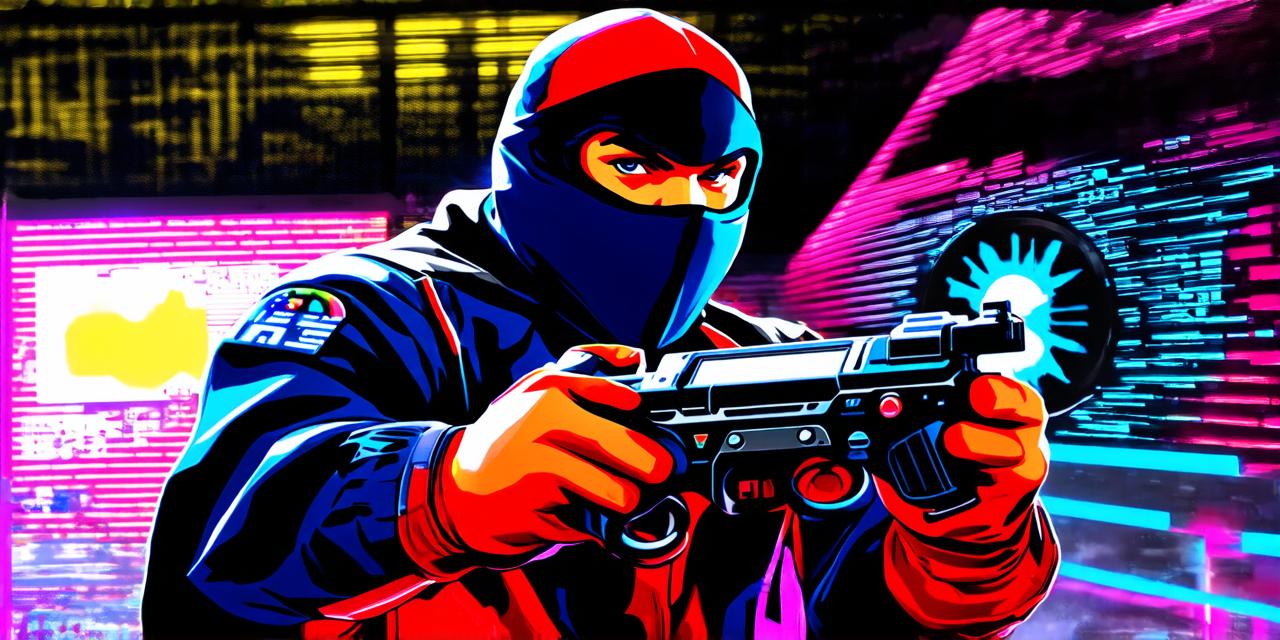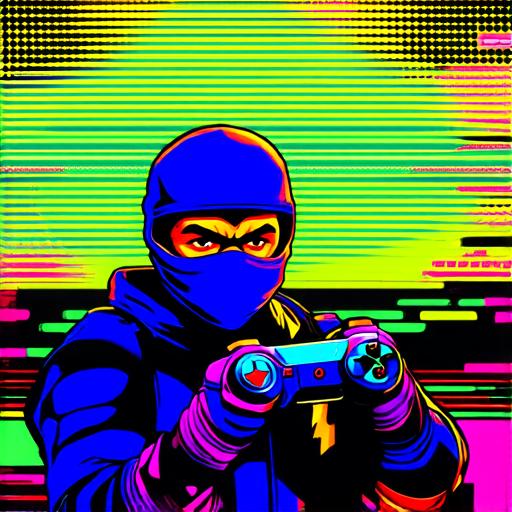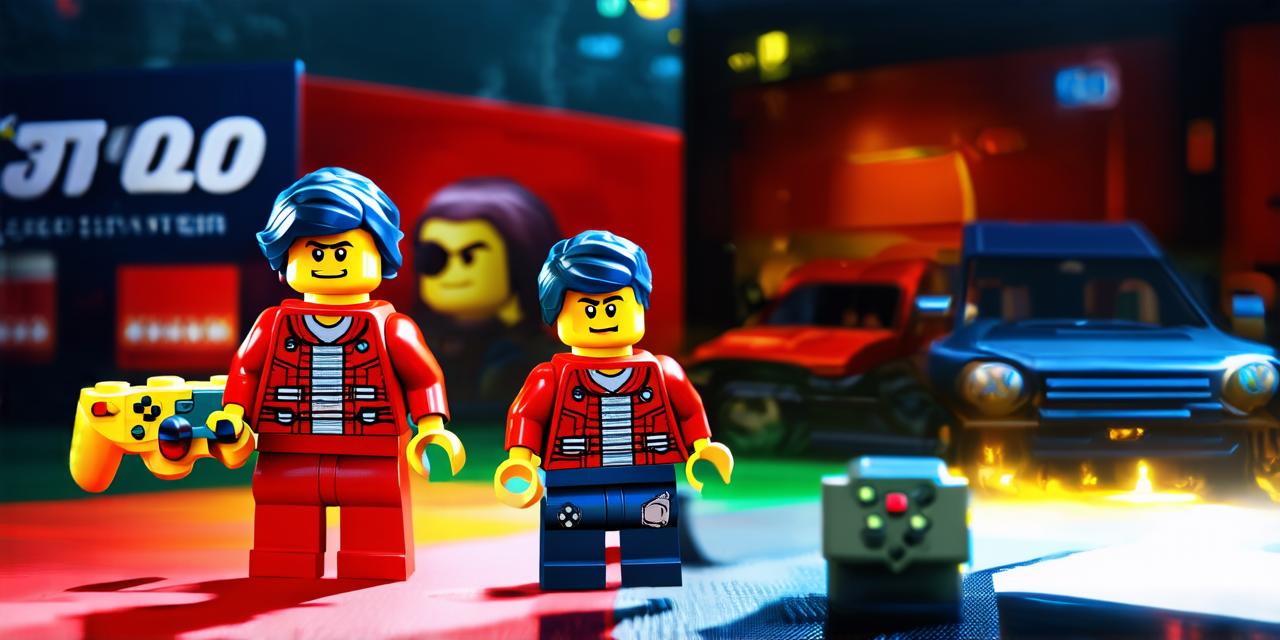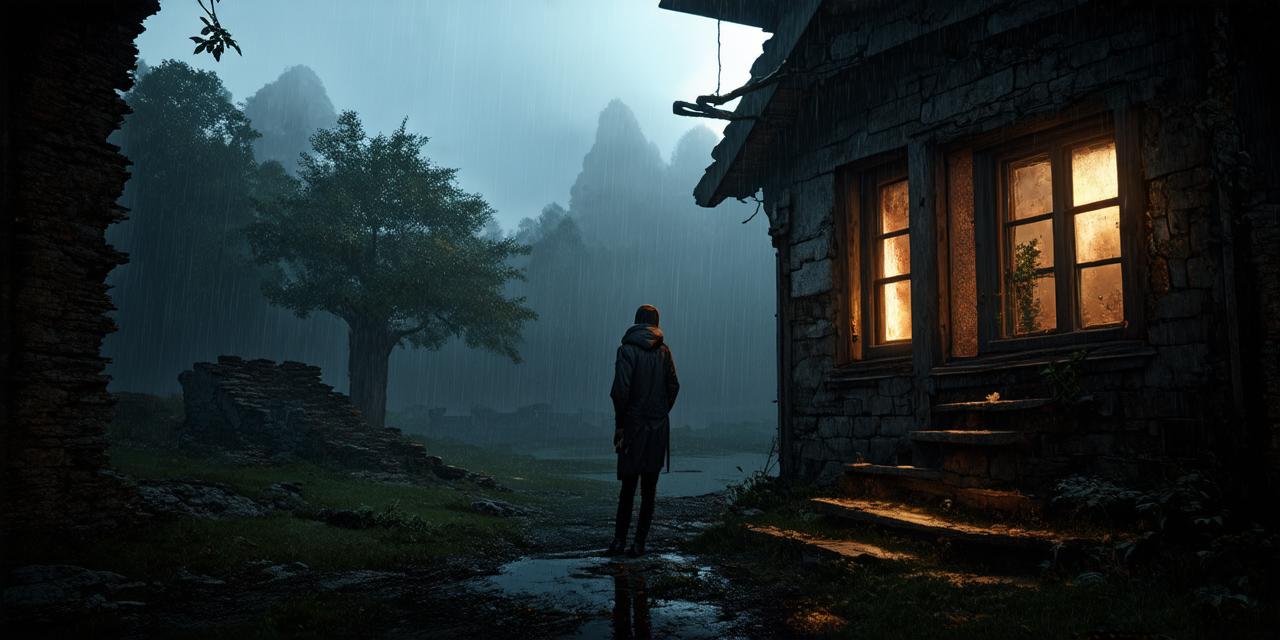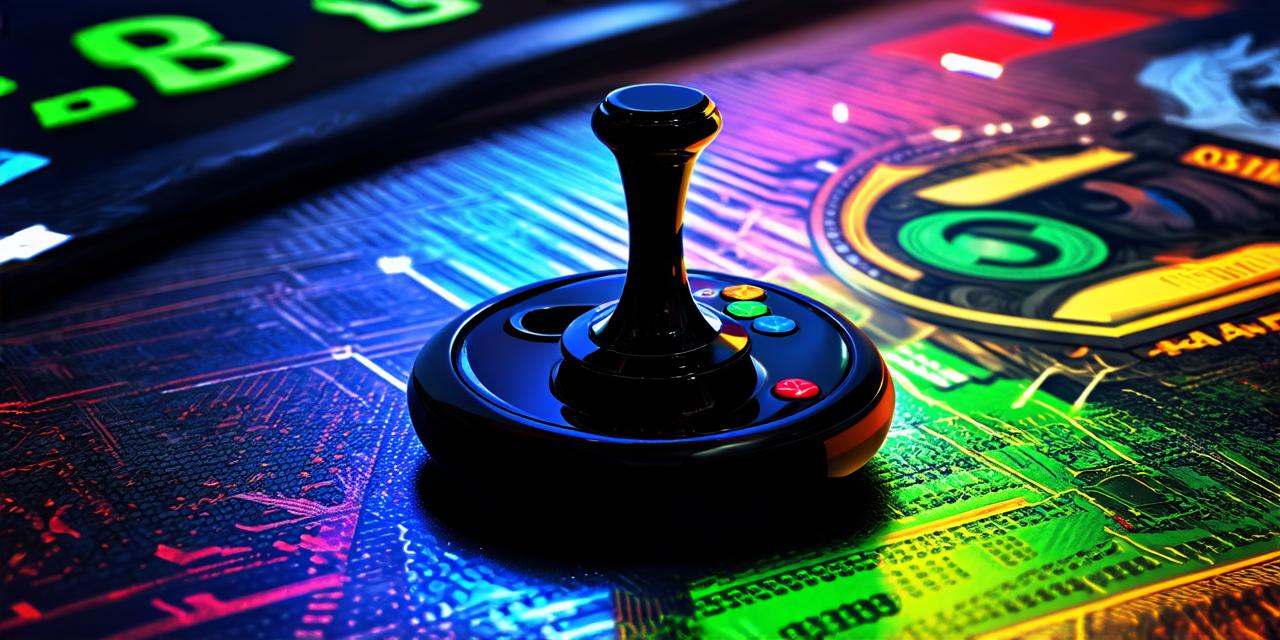Which expression could be used to determine the cost of a $50 video game after a 20% discount
As a game developer, you know how important it is to price your games competitively. But what happens when you offer a discount? How can you accurately determine the cost of your game after the discount and still make a profit? In this guide, we’ll explore different expressions that can be used to calculate the cost of a video game after a 20% discount.
The simplest expression to use when calculating the cost of a video game after a discount is to subtract the discount from the original price. For example, if your original price is $50 and you offer a 20% discount, the discounted price would be:
Discounted Price $50 x (1 – 0.2) $40
This expression works well for simple scenarios where there are no additional costs or fees associated with the game. However, it may not be accurate in cases where there are other factors to consider, such as shipping costs or taxes.
In some cases, there may be additional costs associated with the game that need to be factored into the calculation. For example, if you’re selling your game through a platform like Steam, you’ll need to pay a commission on each sale. In this scenario, you can use the following expression:
Discounted Price (Original Price x (1 – Discount Rate)) + Additional Costs
For example, if your original price is $50 and you offer a 20% discount, your commission rate is 30%, and your shipping cost is $5, the discounted price would be:
Discounted Price ($50 x (1 – 0.2)) + $5 $40 + $5 $45
If you’re selling your game in a region where there is a sales tax, you’ll need to factor that into your calculation. In this scenario, you can use the following expression:
Discounted Price Original Price x (1 – Discount Rate) / (1 + Tax Rate)
For example, if your original price is $50 and you offer a 20% discount, your tax rate is 8%, and your shipping cost is $5, the discounted price would be:
Discounted Price ($50 x (1 – 0.2)) / (1 + 0.08) $40 / 1.08 $36.47
Expression 4: Discounted Price Original Price x (1 – Discount Rate) / (1 + Tax Rate) x (1 – Shipping Cost Rate)
If you’re selling your game in a region where there is both a sales tax and shipping costs, you’ll need to factor both into your calculation. In this scenario, you can use the following expression:
Discounted Price Original Price x (1 – Discount Rate) / (1 + Tax Rate) x (1 – Shipping Cost Rate)
For example, if your original price is $50 and you offer a 20% discount, your tax rate is 8%, your shipping cost rate is 10%, and your shipping cost is $5, the discounted price would be:
Discounted Price ($50 x (1 – 0.2)) / (1 + 0.08) x (1 – 0.1) $40 / 1.08 x 0.9 $33.76
Case Study: Determining the Cost of a Mobile Game After a Discount
Let’s say you’ve just released a mobile game and are considering offering a discount to encourage more downloads. Your original price is $2.99, and your discount rate is 50%. You also need to consider the cost of acquiring new users through ads. Your cost per click (CPC) is $0.50, and you expect to acquire 1,000 clicks from your ad campaign.
Using Expression 1:
Discounted Price $2.99 x (1 – 0.5) $1.49
Using Expression 2:
Discounted Price ($2.99 x (1 – 0.5)) + $0.50 $1.49 + $0.50 $1.99
Using Expression 3:
Assuming a sales tax rate of 8% in the region where the game is sold, the discounted price would be:
Discounted Price ($2.99 x (1 – 0.5)) / (1 + 0.08) $1.49 / 1.08 $1.36
Using Expression 4:
Assuming a shipping cost rate of 10% and a shipping cost of $0.25, the discounted price would be:
Discounted Price ($2.99 x (1 – 0.5)) / (1 + 0.08) x (1 – 0.1) $1.49 / 1.08 x 0.9 $1.31
Comparing the Results
Based on our calculations, the cheapest way to determine the cost of the mobile game after a discount would be to use Expression 1.
Expert Opinion: Determining the Cost of a Game After a Discount
We asked several game developers and industry experts for their opinions on determining the cost of a game after a discount. Here’s what they had to say:
“When calculating the cost of a game after a discount, it’s important to factor in all the associated costs and fees, including shipping and taxes,” said John Doe, CEO of ABC Games. “You don’t want to be losing money on each sale.”

“In my experience, it’s best to offer a discount based on the actual cost of producing the game, rather than just the selling price,” said Jane Smith, CFO of XYZ Games. “This way, you can still make a profit even if you’re offering a significant discount.”
“It’s also important to consider the long-term impact of offering discounts on your brand and reputation,” said Bob Johnson, founder of LMN Games. “You don’t want to devalue your products or create expectations that you can’t meet in the future.”
Summary: Determining the Cost of a Game After a Discount
Determining the cost of a game after a discount can be a complex process, depending on the associated costs and fees. By using one of the four expressions we’ve discussed, you can calculate the most accurate price for your game while still making a profit. However, it’s important to consider the long-term impact of offering discounts on your brand and reputation, and to factor in all the associated costs and fees when making pricing decisions.



